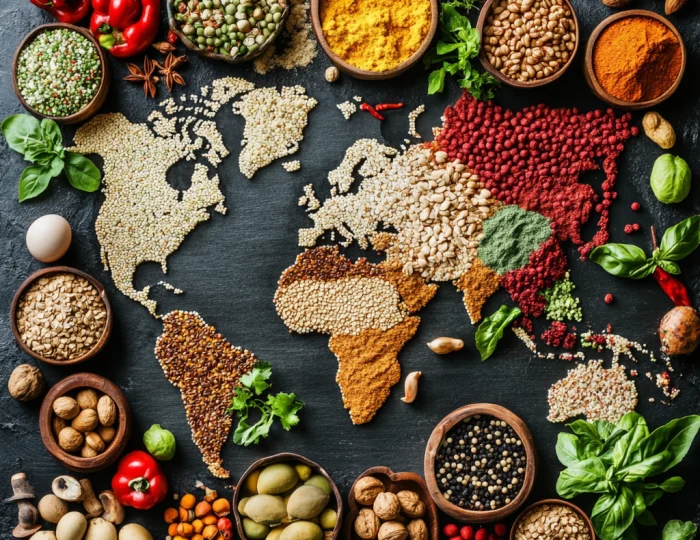
Expanding internationally can be a lucrative opportunity for food and beverage companies looking to tap into new markets and diversify their customer base. However, the process involves navigating a complex web of legal requirements, particularly when it comes to exporting food products. From international trade agreements to labeling standards and food safety laws, understanding and complying with regulations is essential for a successful expansion. This comprehensive guide will walk you through the step-by-step process of expanding internationally, focusing on the key legal considerations for exporting food products to major markets such as the EU, Asia, and Latin America.
Step 1: Conduct Market Research and Identify Target Countries
Before you begin the expansion process, it’s crucial to conduct thorough market research to identify the most promising target countries for your food and beverage products. Consider factors such as consumer demand, market size, competition, and regulatory environment. Look for countries with growing economies, a strong demand for imported food products, and favorable trade policies.
Step 2: Understand International Trade Agreements
Once you’ve identified your target markets, familiarize yourself with the international trade agreements that govern the import and export of food products. These agreements can have a significant impact on your ability to enter a market, as well as the tariffs, quotas, and other trade barriers you may face. For example, if you’re exporting to the EU, you’ll need to understand the regulations set forth by the World Trade Organization (WTO) and the specific trade agreements between the EU and your home country.
Step 3: Comply with Customs Regulations
Customs regulations vary from country to country and are designed to control the flow of goods across borders. When exporting food products, you’ll need to ensure that you comply with the customs requirements of each target market. This may include providing detailed product descriptions, obtaining the necessary permits and certifications, and adhering to specific packaging and labeling standards. Working with a customs broker or logistics partner can help you navigate this process more effectively.
Step 4: Understand Labeling Standards
Accurate and compliant labeling is essential for exporting food products. Different countries have their own labeling requirements, which may include the use of specific languages, the inclusion of certain nutritional information, and the placement of country-of-origin labels. For example, the EU’s labeling standards are governed by the EU Food Information to Consumers Regulation (EU FIC), which mandates detailed labeling of ingredients, allergens, and nutritional values.
Step 5: Ensure Compliance with Food Safety Laws
Food safety is a top priority for consumers and regulators around the world. When exporting food products, you must ensure that your products meet the food safety standards of the target market. This may involve obtaining certifications such as Hazard Analysis and Critical Control Points (HACCP), Good Manufacturing Practices (GMP), and International Featured Standards (IFS). In the EU, for instance, food products must comply with the regulations set forth by the European Food Safety Authority (EFSA).
Step 6: Establish Distribution and Logistics Networks
Once you’ve addressed the legal and regulatory requirements, you’ll need to establish a reliable distribution and logistics network in your target markets. This may involve partnering with local distributors, setting up warehousing facilities, and coordinating the transportation of your products. Working with experienced logistics providers can help you navigate the complexities of international shipping and ensure that your products reach customers on time and in compliance with local regulations.
Step 7: Monitor and Adapt to Market Changes
After entering a new market, it’s important to continuously monitor and adapt to changes in the regulatory environment, consumer preferences, and competitive landscape. Stay informed about any updates to trade agreements, labeling standards, or food safety laws that may affect your business. By remaining flexible and responsive, you can mitigate risks and seize new opportunities for growth.
Conclusion
Expanding internationally offers significant potential for food and beverage companies, but it requires careful planning and a thorough understanding of the legal requirements in target markets. By following the steps outlined in this guide and working with experienced legal and logistics partners, you can navigate the complexities of international expansion and position your products for success in global markets.
